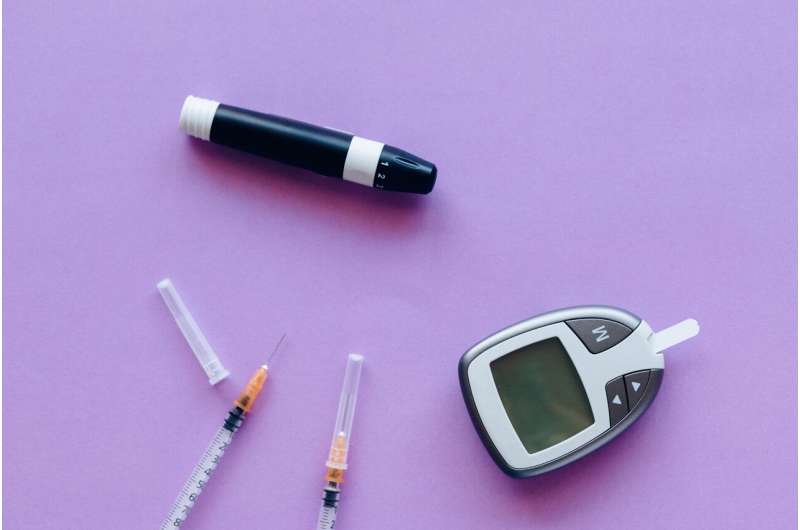Study uncovers prevalence of diabetes among American Indian and Alaska Native communities


For decades, limited data have been available when researching health and health care access in the American Indian and Alaska Native (AI/AN) population due to historical, cultural, ethical and legal reasons. One notable example in 1989 is the unethical use of blood samples from members of the Havasupai Tribe.
The participants consented to provide their blood to determine genetic links to diabetes among their tribe, instead, other researchers used their data to publish papers on inbreeding, alcoholism, and more. This violation of informed consent and many other examples cause distrust and high-level scrutiny when researchers try to access health-related data for AI/AN people.
Given this mistrust and misuse of health data, little is known about the prevalence of diabetes in the AI/AN community who face a greater risk of contracting diabetes compared to any other U.S. racial group.
In collaboration with the Indian Health Service (IHS) and tribal health programs, corresponding author, Luohua Jiang, MD, Ph.D., interim chair and associate professor of epidemiology and biostatistics with the UCI Program in Public Health and team were able to extract data from the IHS Improving Health Care Delivery Data Project, which represents nearly 30% of AI/AN individuals who use IHS services.
From 2012 to 2013, a total of 55,049 AI/AN individuals were identified as having type 1 diabetes or type 2 diabetes and were comparatively analyzed with demographic markers like age, gender and geographic region.
The study, published in Diabetes Care, found that type 1 diabetes was 1.5 times more prevalent among AI/AN children under 10 years old compared to type 2 diabetes, but starting from age 10, the prevalence of type 2 diabetes surpassed that of type 1 diabetes.
The higher prevalence of type 2 diabetes in AI/AN youths is concerning given the implications for future prevalence and complication rates. These findings highlight the necessity of enhancing existing diabetes prevention interventions to curb the diabetes epidemic among the AI/AN community and many other underserved communities.
More information:
Jiahui Dai et al, Prevalence of Diagnosed Type 1 and Type 2 Diabetes Among American Indian and Alaska Native Peoples in 2012–2013, Diabetes Care (2023). DOI: 10.2337/dc23-0930
Journal information:
Diabetes Care
Source: Read Full Article